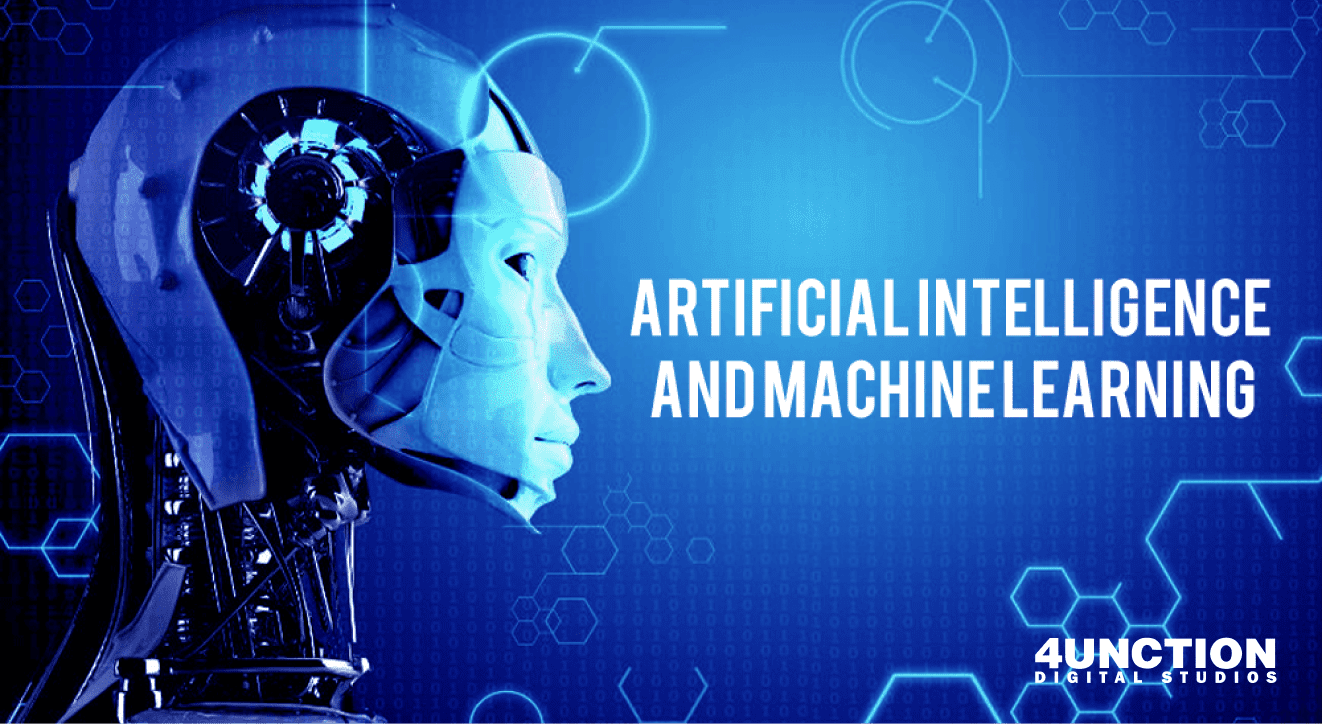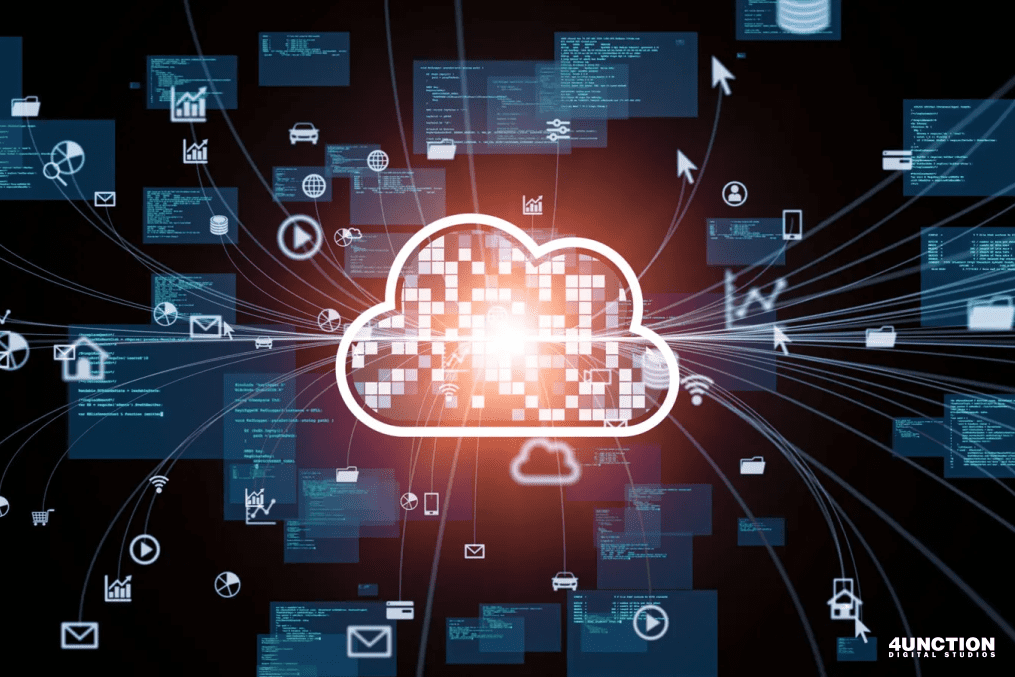The Current State
Before we look into the future, let’s first explore the current situation of cloud computing. The cloud has already revolutionized the IT environment by enabling organizations to adapt quickly to changing demands by delivering scalable and adaptable solutions. Cloud services have become a vital component of day-to-day operations, ranging from storage and processing power to software and analytics.
Key Trends Shaping the Future:
Edge Computing Integration
As the Internet of Things (IoT) and connected devices expand, there is an increasing demand for computer resources that are closer to the data source. Edge computing, when combined with cloud services, decreases latency while improving real-time processing capabilities. This trend will soon change how we manage data storage and analysis, particularly in areas such as healthcare, manufacturing, and self-driving vehicles.
AI and Machine Learning in the Cloud
AI and machine learning (ML) are quickly becoming essential elements of business strategies. Cloud providers are significantly investing in AI and ML services, making these technologies more accessible to organizations that lack considerable data science skills. We can anticipate smarter, more autonomous cloud systems in the future that can analyze massive datasets and deliver meaningful insights.

Hybrid and Multi-Cloud Solutions
While cloud usage is increasing among public, many businesses are opting for hybrid and multi-cloud solutions. This method enables enterprises to divide workloads across several cloud environments based on unique requirements, resulting in increased flexibility and resilience. Cloud computing’s future will most certainly see greater integration and interoperability among multiple cloud platforms, making it easier for enterprises to manage their diversified workloads.
Enhanced Security Measures
Security problems have long been at the center of cloud computing discussions. We can expect more complicated security measures in the future, such as better encryption, AI-driven threat detection, and improved compliance frameworks. As the value and sensitivity of data stored in the cloud expand, strong security will be essential for creating trust among consumers and organizations.
Server less Computing
Server less computing is a new cloud computing paradigm that has the potential to change how we think about hosting apps and services. There are no physical servers to maintain in a server less approach; instead, application code is performed in response to events, and all infrastructure necessary to run the code is handled by a cloud provider. Server less computing is still in its early stages, but it already shows potential as a scalable and cost-effective solution to operate cloud-based applications.
Sustainable Cloud Computing
All of the top cloud service providers have made net-zero commitments, not just for their own operations, but also to assist clients that utilize their services in lowering their carbon footprints. Amazon has vowed to reach zero emissions by 2040, and Microsoft hopes to do so ten years earlier. They have all conveyed their intention, like Google, to produce 100 percent of the energy utilized in their operations from renewable sources. It remains to be seen whether they succeed, but the attempt for greener and less ecologically damaging cloud computing will be a prominent trend in 2024.






